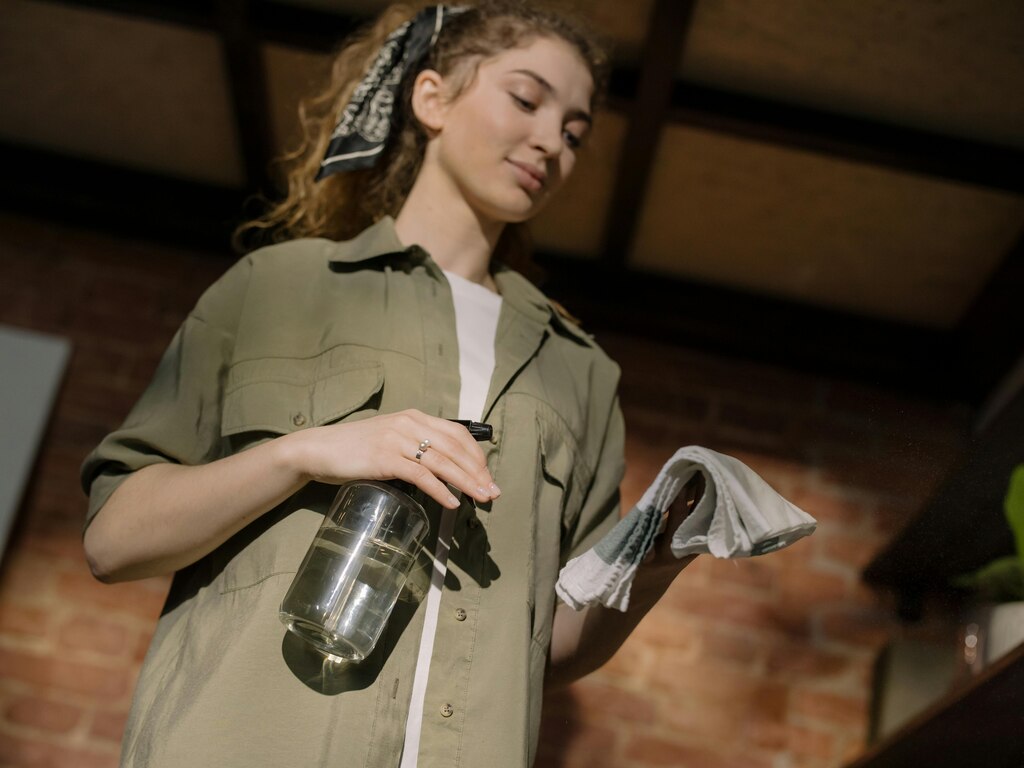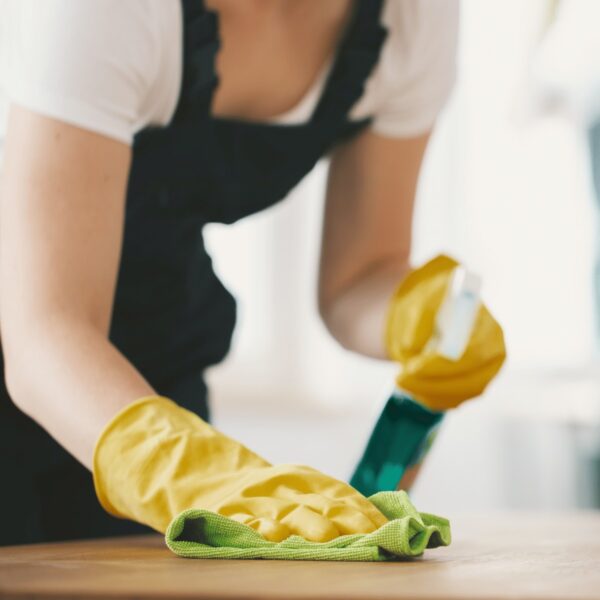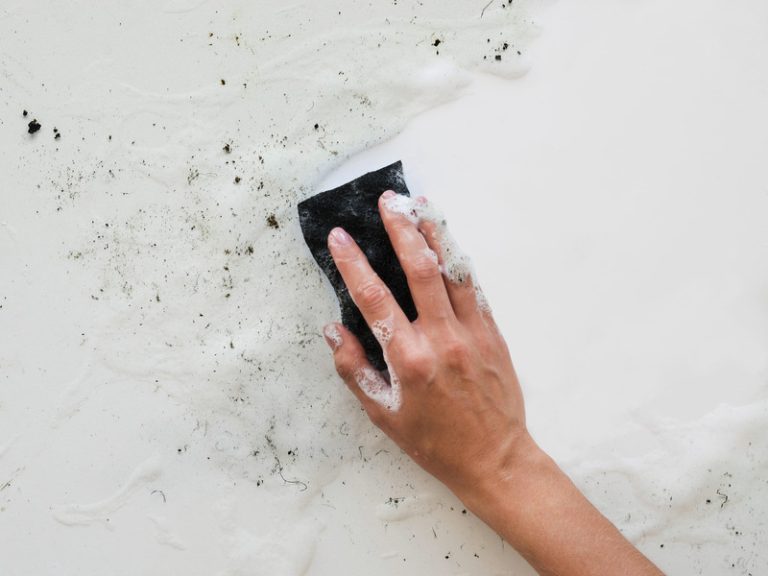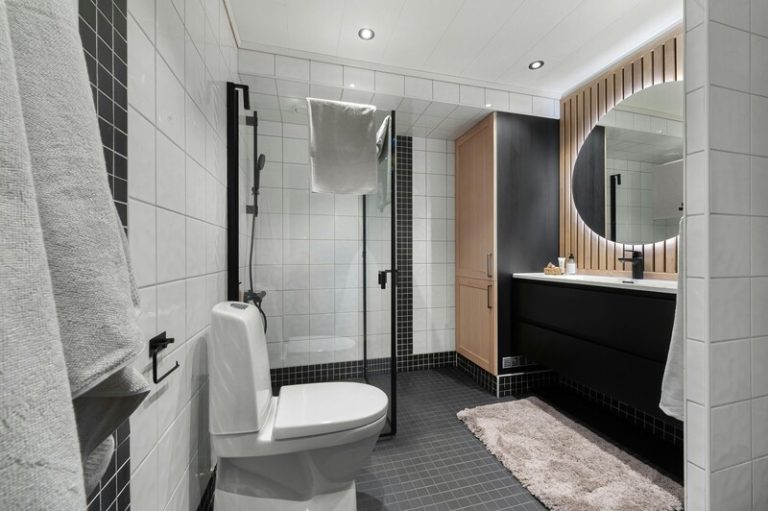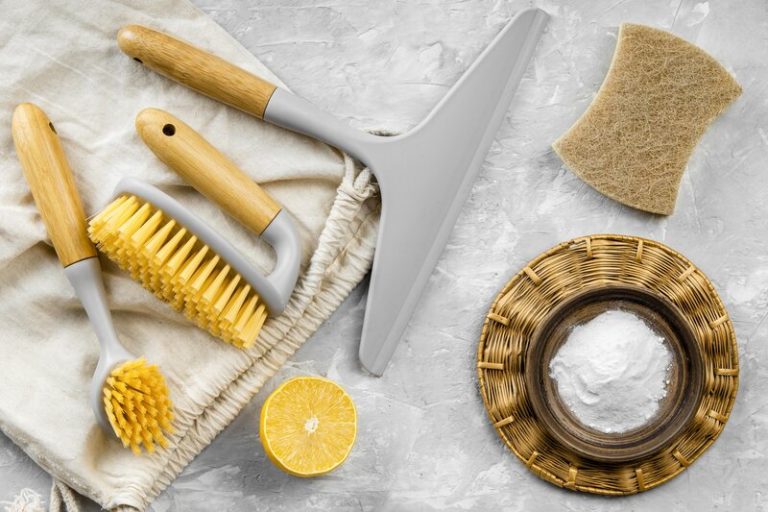A tidy home starts with a well-structured household cleaning checklist, ensuring no task is overlooked. By following a clear plan, you can maintain cleanliness efficiently without feeling overwhelmed. From daily upkeep to deep cleaning sessions, a checklist helps prioritise tasks and keeps your home fresh and organised.
Incorporating smart cleaning tips house cleaning routines can further enhance the process. Simple habits like decluttering regularly, using multi-purpose cleaners, and setting time limits for each task make a noticeable difference. A strategic approach ensures that all areas, from kitchens to living spaces, stay in top condition.
With the right checklist, maintaining a spotless home becomes effortless. By breaking tasks into manageable sections, you’ll enjoy a cleaner and healthier living space.
How to Create a Household Cleaning Checklist?
A well-structured household cleaning checklist helps maintain cleanliness and efficiency. Start by identifying key areas like the kitchen, bathrooms, and bedrooms. Determine cleaning frequency, categorising tasks into daily, weekly, and monthly schedules. Organising tasks into a checklist ensures no area is overlooked, improving home organisation and cleanliness.
a. Identify the Areas to Clean
The first step in creating a household cleaning checklist is identifying key areas like the kitchen, bathrooms, and living spaces. Each area requires specific cleaning tasks, such as sanitising surfaces or vacuuming carpets. A structured checklist ensures all spaces receive proper attention, enhancing home cleanliness and overall organisation.
b. Determine the Frequency of Cleaning
A household cleaning checklist should include a cleaning schedule based on task frequency. Daily tasks include wiping counters and washing dishes, while weekly tasks cover dusting and mopping. Monthly tasks, like deep-cleaning carpets, ensure thorough maintenance. Categorising tasks by frequency keeps the home consistently clean and organised.
c. List Down the Tasks for Each Area
Each area in a household cleaning checklist should have assigned tasks for effective maintenance. Kitchens require disinfecting worktops and cleaning appliances, while bathrooms need scrubbing and sanitising. Bedrooms benefit from regular dusting and changing linens. A structured list ensures efficient cleaning, keeping every part of the home in order.
What Should Be Included in a Household Cleaning Checklist?
A household cleaning checklist should cover essential tasks across all areas, including the kitchen, bathrooms, bedrooms, and shared spaces. Listing specific cleaning duties ensures hygiene and efficiency. By following a structured checklist, homeowners can maintain an organised and consistently clean living environment with minimal effort.
a. Kitchen
The kitchen is a priority in any household cleaning checklist. Key tasks include sanitising countertops, scrubbing the sink, and deep-cleaning appliances like the oven. Keeping the kitchen clean prevents contamination and promotes hygiene. Decluttering surfaces and organising pantry items also contribute to a well-maintained and functional cooking space.
b. Bathrooms
Bathrooms are essential in a household cleaning checklist due to frequent use. Regular tasks include scrubbing toilets, sanitising sinks, and cleaning mirrors. Disinfecting high-touch areas like handles prevents bacteria buildup. Maintaining a clean bathroom enhances hygiene and comfort, ensuring a fresh and sanitary space for everyday use.
c. Bedrooms
A household cleaning checklist should include bedroom maintenance. Essential tasks involve dusting furniture, vacuuming floors, and changing bed linens. Organising wardrobes and decluttering personal items improves orderliness. Maintaining a clean bedroom enhances air quality and promotes relaxation, contributing to a more comfortable and restful environment.
d. Living Room
A well-maintained living room is crucial in a household cleaning checklist. Regular vacuuming, dusting surfaces, and decluttering help maintain a tidy and inviting space. Cleaning upholstery and wiping down electronics also improve hygiene. A structured cleaning approach ensures the living room remains welcoming and comfortable for family and guests.
e. Dining Area
The dining area should be included in any household cleaning checklist. Key tasks involve wiping tables, sanitising chairs, and vacuuming or mopping floors. Keeping this space clean enhances mealtime experiences and prevents food-related messes. A consistent cleaning routine ensures a hygienic and welcoming dining environment for family and guests.
f. Other Common Areas
Hallways, staircases, and entrances are key parts of a household cleaning checklist. Regular sweeping, vacuuming, and dusting keep these areas tidy. Organising clutter enhances accessibility and aesthetics. Clean, well-maintained entryways create a positive first impression, while clear staircases improve safety and ensure an orderly home environment.
g. Outdoor Spaces
Outdoor areas should not be overlooked in a household cleaning checklist. Tasks include sweeping patios, washing outdoor furniture, and maintaining gardens. Regular upkeep boosts curb appeal and keeps outdoor spaces inviting. Using tools like a Karcher pressure washer helps deep-clean surfaces, making outdoor maintenance easier and more efficient.
How to Use a Household Cleaning Checklist?
Effectively using a household cleaning checklist keeps cleaning routines structured and manageable. Establish a schedule, delegate tasks, and track progress to ensure consistency. Checking off completed tasks enhances motivation and accountability, making it easier to maintain a clean home without feeling overwhelmed.
a. Set a Schedule
Creating a schedule is essential for maximising a household cleaning checklist. Divide tasks into daily, weekly, and monthly routines to ensure consistent maintenance. For example, vacuuming can be done weekly, while deep-cleaning appliances happens monthly. A structured schedule prevents tasks from piling up and keeps the home in top condition.
b. Assign Tasks to Household Members
A household cleaning checklist becomes more effective when tasks are shared. Assigning responsibilities among household members ensures no area is overlooked. Delegating based on individual strengths or preferences fosters teamwork and accountability. A well-planned division of labour helps maintain a cleaner home with minimal effort.
c. Check Off Completed Tasks
Marking off tasks on a household cleaning checklist creates a sense of accomplishment and ensures nothing is missed. This habit reinforces consistency and accountability in cleaning routines. Visually tracking progress can also boost motivation, making it easier to maintain a clean and organised home over time.
Tips for Efficiently Using a Household Cleaning Checklist
To make the most of a household cleaning checklist, prioritise tasks and use time-saving tools. Decluttering regularly and keeping cleaning supplies organised improves efficiency. A well-structured cleaning routine reduces stress and ensures every part of the home stays clean and hygienic with minimal effort.
A well-planned household cleaning checklist helps keep your home organised and spotless, ensuring every area receives proper attention. However, tackling all the tasks yourself can be time-consuming and exhausting. Deep cleaning, in particular, requires more effort and expertise to achieve lasting results.
Instead of handling everything alone, let TEKA Cleaning take care of it for you. Their residential cleaning services provide thorough, professional cleaning, ensuring your home is truly fresh and hygienic. Call 01223 751 544 today to schedule a deep clean.
TEKA Cleaning also offers commercial cleaning, specialised cleaning, end of tenancy cleaning, carpet cleaning, and more—tailored to your specific needs. Enjoy a spotless home without the hassle!
Read also:







